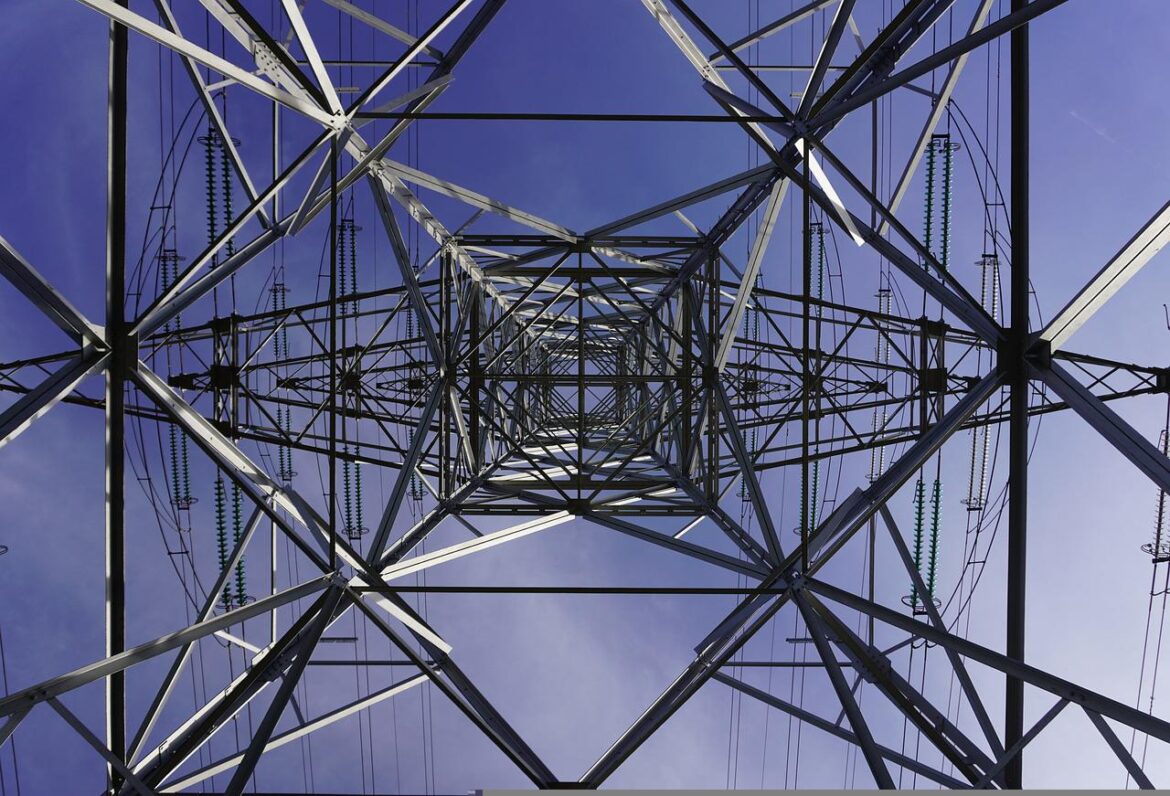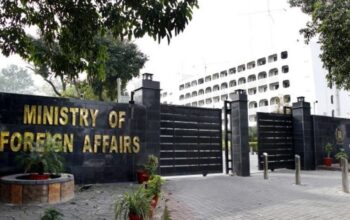The office of Prime Minister Shehbaz Sharif has published a brief outlining how the ineptitude of the previous government brought us where we are today.
By Staff Reporter
ISLAMABAD: Despite the government’s repeated claims to end load shedding, Pakistani households and businesses continued to suffer intermittent power outages in the scorching summer heat of June – and the pattern shows no signs of going away in July.
The citizenry has a right to ask why, and the officialdom has a duty to explain. In a rare development, the office of Prime Minister Shehbaz Sharif issued an explainer Monday laying out the reasons for load shedding.
The explainer starts by trotting out the hackneyed bogey of “the previous government”. The people of Pakistan have heard so many lies accompanied by that refrain that it has become customary to meet any claim accompanied by it with suspicion. The contents of the explainer, however, seem to bear scrutiny.
“Load-shedding today is almost entirely caused by acts of omissions and commission of the previous Government”, says the explainer upfront.
“Coupled with high and rising energy prices in the international market”, Pakistan’s power sector is riddled with so many problems that keeping it going is poses problems “not known before in this sector”.
Slow rolling of power-gen projects
The first of the four factors contributing to the problem according to the brief, is “[slowing down projects], thus denying Pakistan cheaper and indigenous plants”.
Of the three projects listed under this head, Karot Hydropower project was formally commissioned on July 1 by Prime Minister Shehbaz Sharif. The brief says the 720 MW plant was due to be online by February.
Another plant, Thar Coal Block 1 Integrated Coalmine and Power Project, was due for completion in May this year. This 1214 MW power plant is now expected to start production in May 2023.
The brief says these two were delayed, “first on account of lack of ownership and project monitoring and [secondly] because of failure to fulfil contractual commitments on already completed projects, thus delaying financial close”.
“Government of Pakistan’s failure to open Revolving Account for completed projects like Sahiwal Coal and Hub Power meant no further financing for energy sector under CPEC umbrella”, says the PMO. “Previous government either did not understand the CPEC’s energy framework or was simply out there to strangle it to slow but sure death.”
It then brings up Punjab Thermal RLNG Power Plant at Trimmu, Jhang – a 1263 MW high efficiency project that has been delayed for more than three years by the government of former Prime Minister Imran Khan “first due to its ill-placed enthusiasm for witch hunt through NAB and then by its deliberate delay in achieving financial close.”
The generation capacity of these three projects totals to 3200 MW.
“Had they been completed in time, urban Pakistan would not have seen any load shedding this summer despite high energy prices in the international market”, says the brief, noting two of these need no imported fuel and the third is a high efficiency LNG plant, much more feasible than plants based on imported coal or furnace oil (also called residual fuel oil or RFO).
Bungled RLNG acquisition
This has been cited as the second factor contributing to the power crisis. The previous government failed to cease the opportunity offered by the Covid-19 global pandemic to seal long-term contracts to purchase RLNG at USD 3 to 5 per MMBTU.
“If such contract had been signed, consumers would have faced much lower electricity bills”, says the PMO.
In recent months, spot prices of RLNG has been as high as USD 38/MMBTU, and the loss has been Pakistan’s.
Rupee devaluation and circular debt
Everybody knows that the previous government’s decision to devalue the rupee sent Pakistan’s foreign debt and import bill into the stratosphere. The PMO says it also inflated the power sector circular debt.
Circular debt stock rose by 114 percent under the previous government from PKR 1,152 billion in June 2018 to PKR 2,467 billon in March 2022.
Says the PMO brief: “One of the major causes of this rapid rise in circular debt is the depreciation of PKR value from PKR 115 per dollar to PKR 191 per dollar under the watch of PTI government and under the watch of the caretaker arrangement that was put in place to bring PTI Government into power.
“The rise in circular debt has affected Government’s ability to pay privately-owned power plants in a timely fashion which, in turn, has piled up liabilities of coal power plants and dried their credit lines.”
The upshot is that three major coal-fired power plants, their total aggregating to 3900 MWs, have such low stock of coal that they are running on part load, and another has its imported coal stuck at Karachi port because of financial difficulties.
High international energy prices
Finally, there is the stellar rise in international energy prices on account of a variety of a reason. The brief says, “Energy prices have risen by roughly 300 percent in last 18 months”, and it includes tabulated price data for furnace oil, RLNG, and coal to support this statement.
The actual brief may be read in its entirety below.
Copyright © 2021 Independent Pakistan | All rights reserved




